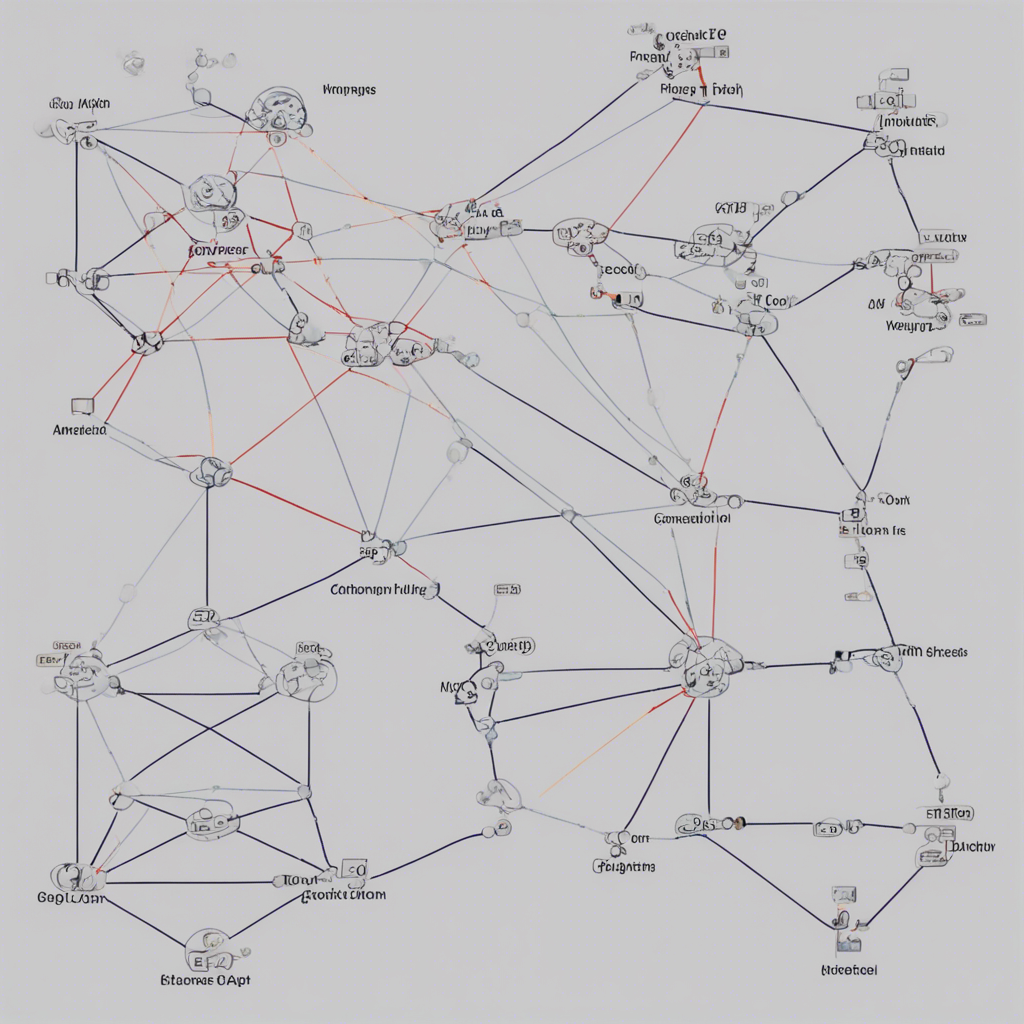
The Magic Behind Recommendation Systems
Introduction
Have you ever wondered how e-commerce websites like Amazon or streaming platforms like Netflix provide you with personalized recommendations that seem to perfectly match your interests? These intelligent solutions are powered by recommendation systems, an essential component of today’s digital world. In this blog post, we’ll delve into the magic behind recommendation systems, exploring their inner workings, types, and the technology behind their success.
What are Recommendation Systems?
Recommendation systems are algorithms that help users discover products, services, or content items based on their preferences and behavior. Whether it’s suggesting products to buy, movies to watch, songs to listen to, or articles to read, recommendation systems play a crucial role in enhancing user experiences and driving business growth.
Types of Recommendation Systems
1. Content-Based Filtering
Content-based filtering recommends items based on their intrinsic attributes and characteristics. This approach utilizes user profiles consisting of information like product descriptions, genres, ratings, or historical data to generate personalized suggestions. For example, if you enjoy watching action movies, a content-based recommendation system would recommend similar movies based on their genre and other related attributes.
2. Collaborative Filtering
Collaborative filtering is a widely used recommendation technique that gathers data on users’ preferences and activities to recommend items. It operates under the assumption that users with similar tastes are likely to have similar preferences in the future. Collaborative filtering can be further categorized into two types:
-
User-based Collaborative Filtering: This approach recommends items to a user based on the behavior and preferences of other similar users. For example, if User A and User B have previously liked similar movies, the system may recommend a new movie that User B has rated highly to User A.
-
Item-based Collaborative Filtering: This technique recommends items based on their similarity to the items previously liked by a user. If a user has previously enjoyed a particular book, item-based collaborative filtering would recommend similar books based on their attributes or genre.
3. Hybrid Recommendation Systems
Hybrid recommendation systems combine multiple techniques to overcome the limitations of individual approaches. By leveraging the strengths of different algorithms, hybrid systems provide more accurate and diverse recommendations. For instance, a hybrid system may integrate collaborative filtering with content-based filtering to provide comprehensive recommendations based on both user preferences and item attributes.
How Recommendation Systems Work
1. Data Collection and Storage
The first step in building a recommendation system involves gathering data on user behavior, preferences, and item attributes. This data can be collected through various sources such as user feedback, ratings, item descriptions, purchase history, or browsing patterns. Storing this data efficiently is crucial to ensure its accessibility and scalability for future analysis.
2. Preprocessing and Feature Extraction
Once the data has been collected, preprocessing techniques are applied to clean, normalize, and transform it into a suitable format for analysis. Feature extraction techniques may be employed to derive relevant attributes or characteristics from the data and create user or item profiles.
3. Algorithm Selection and Training
The choice of recommendation algorithm depends on the data available, system requirements, and the nature of the recommendation problem. Popular algorithms include collaborative filtering, matrix factorization, clustering, and neural networks. These algorithms are trained using machine learning techniques on the collected data to generate personalized recommendations.
4. Recommendation Generation
After the training process, the recommendation system can generate recommendations for individual users. Based on user profiles, behavior, and the chosen algorithm, the system selects the most relevant items to recommend. The recommendations are typically ranked to prioritize items that are most likely to be of interest to the user. The system can further fine-tune these recommendations dynamically as new data becomes available.
5. Evaluation and Iteration
Evaluating the performance of a recommendation system is crucial to assess its effectiveness. Common evaluation methods include precision, recall, accuracy, and mean average precision. By measuring the accuracy and relevancy of recommendations, system performance can be improved through iteration and fine-tuning of algorithms and parameters.
The Technology behind Recommendation Systems
Recommendation systems leverage various technologies and tools to process vast amounts of data and deliver personalized recommendations efficiently. Some of the key technologies used include:
-
Machine Learning: Machine learning algorithms lie at the core of recommendation systems, enabling them to analyze large datasets, identify patterns, and make predictions based on historical data.
-
Big Data Processing: As recommendation systems handle immense volumes of data, technologies like Apache Hadoop, Spark, or distributed databases like Cassandra are employed to efficiently store, process, and retrieve user and item data.
-
Natural Language Processing: Natural language processing techniques are often used to analyze product reviews, user feedback, or textual data, enabling recommendation systems to understand users’ preferences, sentiment, and context better.
-
Cloud Computing: Cloud infrastructure providers like Amazon Web Services (AWS) or Google Cloud Platform (GCP) host recommendation systems, utilizing their scalable and robust environments to handle large user bases and dynamic workloads.
Conclusion
Recommendation systems have revolutionized the way we discover and interact with content, products, and services. Whether it’s helping us find the perfect book, suggesting the next movie to binge-watch, or showcasing the latest fashion trends, recommendation systems have become an indispensable part of our digital lives. By combining data analysis, machine learning algorithms, and cutting-edge technologies, these systems continue to evolve, providing more accurate and personalized recommendations that enhance user experiences and drive business growth.
References:
- Sarwar, B. M., Karypis, G., Konstan, J. A., & Riedl, J. (2001). Item-based collaborative filtering recommendation algorithms. Proceedings of the 10th international conference on World Wide Web, 285-295.
- Zhang, S., Yao, L., Sun, A., & Tay, Y. (2019). Deep learning based recommender system: A survey and new perspectives. ACM Computing Surveys (CSUR), 52(1), 1-38.






